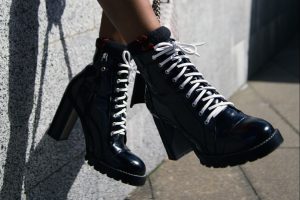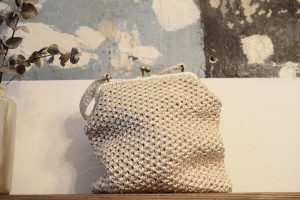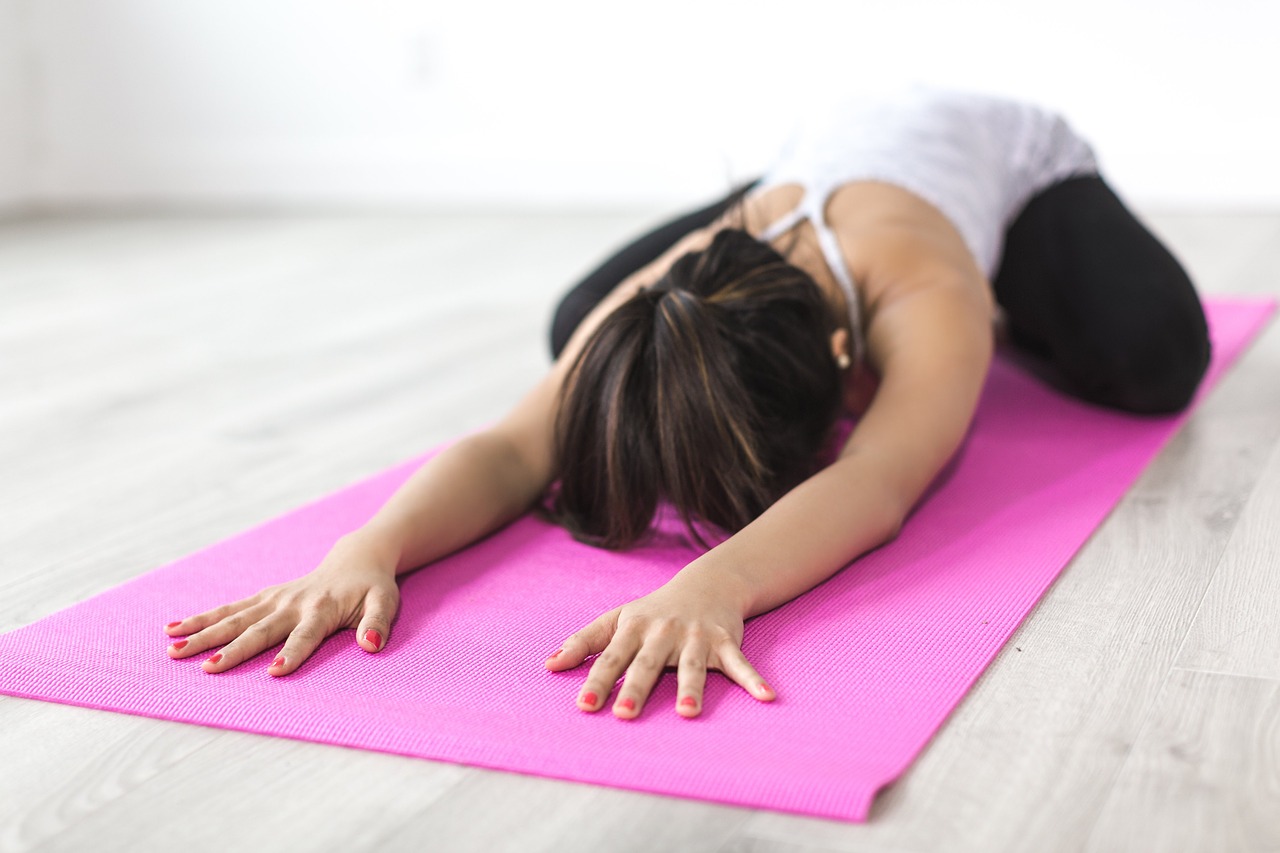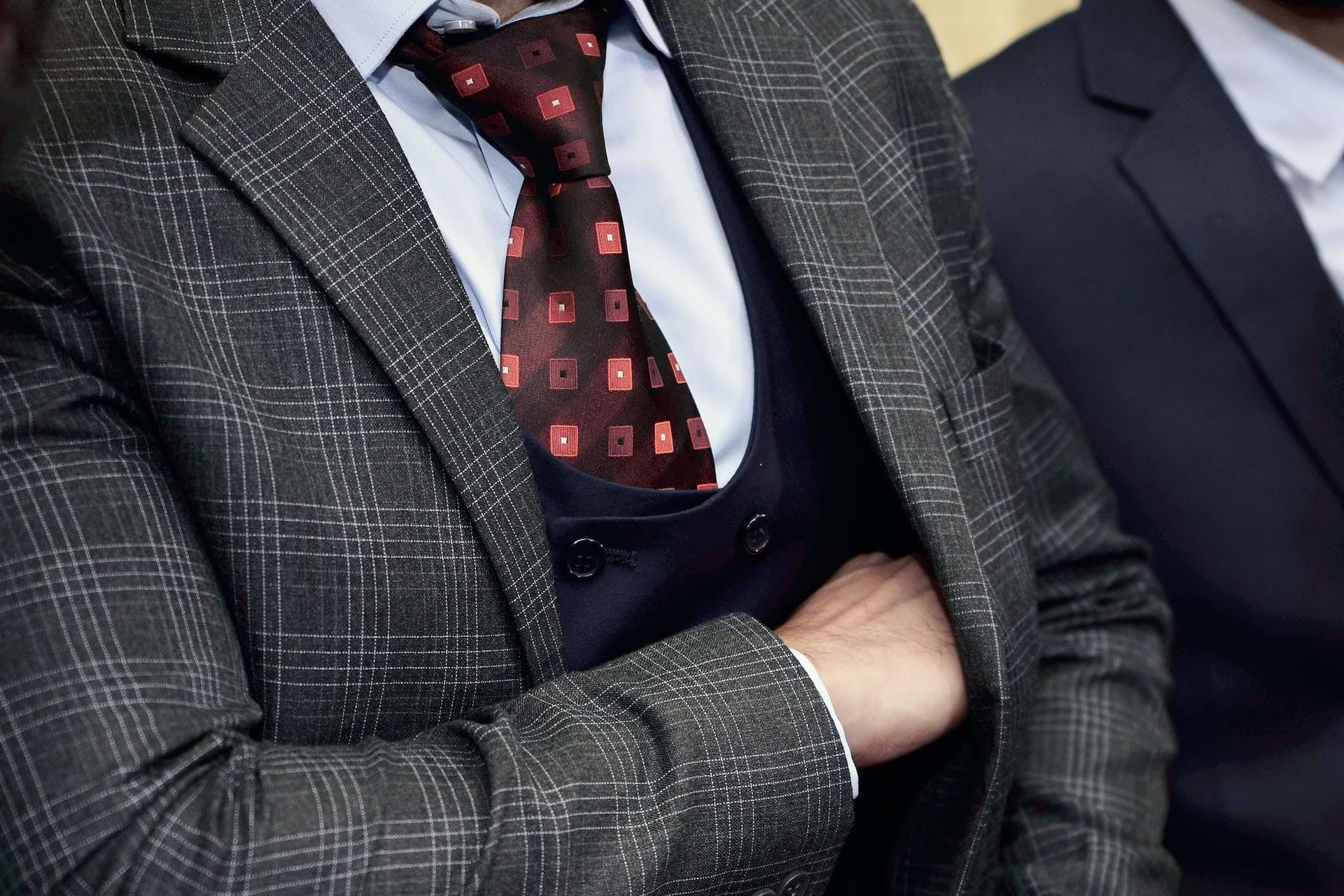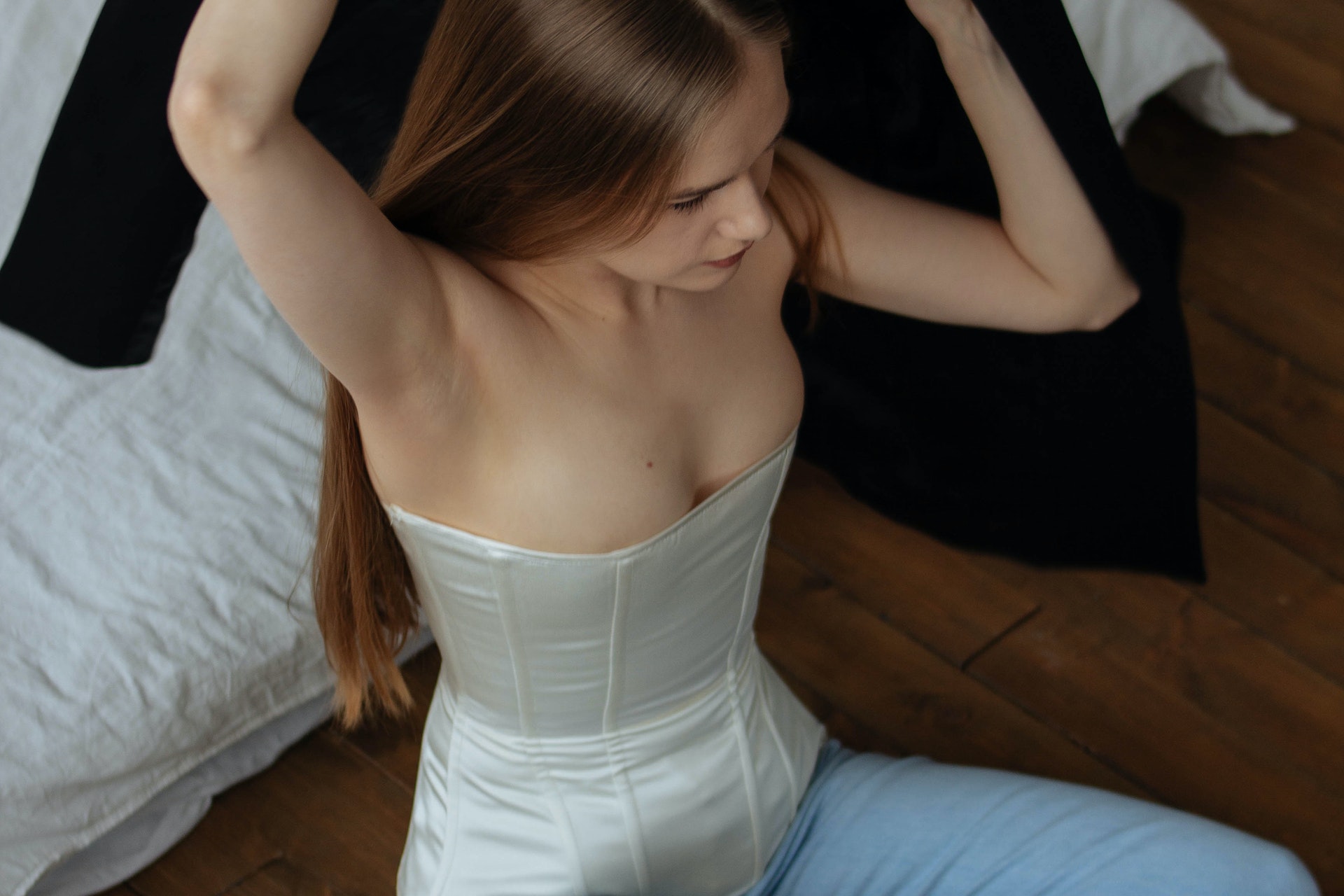
There are a lot of companies these days where business casual is an accepted practice while others allow it on weekends or for business dinners. In short, business casual means that you don’t have to wear a full suit and tie and is a style of clothing appropriate for the workplace and offsite professional events.
Business casual sounds like a pretty easy dress code to understand, but unfortunately, it isn’t. It can be somewhat confusing, especially when starting a new job since companies have different understandings of what business casual entails.
Why is that? Well, this sort of dress code can be different depending on the company, industry, or geographical location. Luckily, there are a few choices that you can rarely go wrong with.
While you always want to select clothes that are right for your body type, a collared shirt or sweater over dress pants or a pencil skirt are pretty much universally acceptable as business casual.
To help you understand a few other dos and don’ts of this practice, we put together this list of tips that you may find quite useful.
1. Clothing Items that Aren’t Acceptable
First off, when it comes to business casual, there are a few things that you should leave in the closet or drawer during the workweek. This includes:
● Muscle shirts
● Anything low-cut
● Transparent tops or bottoms
● Any midriff-baring ensemble
● Printed t-shirts
● Sweatpants, shirts, or other exercise-related clothing
● Pajama or pajama-like outfits
● Short-shorts, exceptionally tight skirts, and tight dresses
● Outlandish or excessive amounts of jewelry
2. Jeans Aren’t Completely Out
Of course, there are limits to how casual your outfit is, but you may be surprised by what you can get away with. As long as your curvy jeans aren’t distressed or ripped in any way, they are usually considered acceptable business casual wear.
3. Maintain a Polished Look
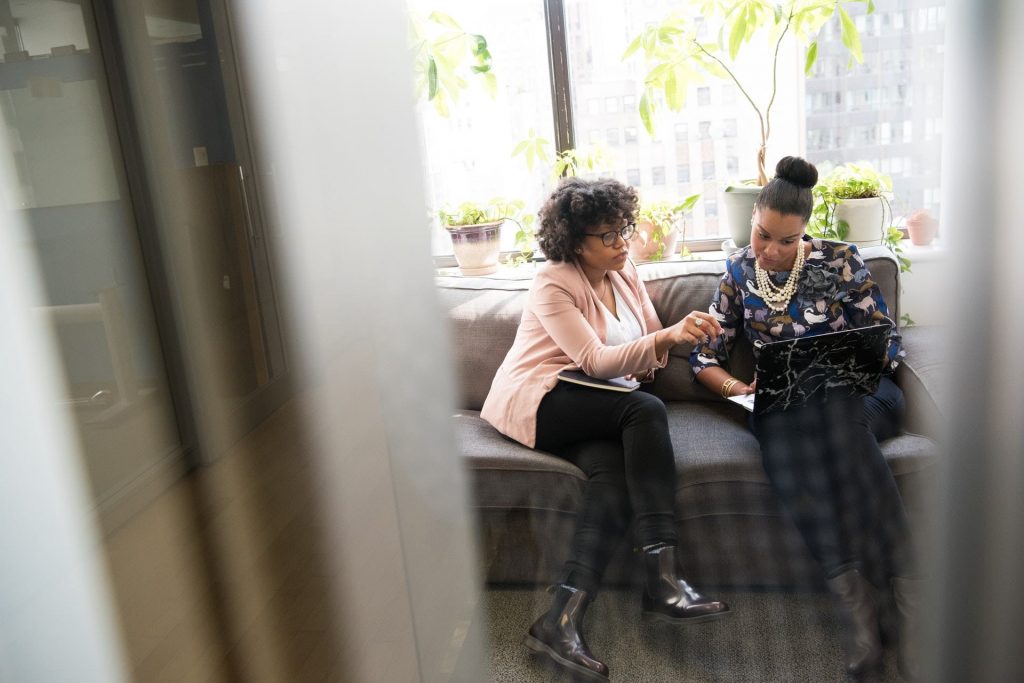
When dressing in business casual attire, a critical key is looking professional. Before you call it good, make sure that you don’t have excessive wrinkles, errant loose threads, missing buttons, or visible stains, and then once you arrive, double-check to ensure that your coat or sweater didn’t leave you covered in pet hair.
4. Avoid Baggy Clothes
While you want to stay away from anything too tight, your business casual outfits shouldn’t look unkempt, ill-fitting, or sloppy either. Your clothing doesn’t have to be custom-tailored to your body, but it should definitely fit well.
5. Avoid Loud Colors

Anything loaded with overly bright or bold colors or patterns might be too bright for the office. Instead, choose clothing that has neutral or muted, solid colors. This also makes it easier to create a capsule wardrobe.
6. Don’t Forget Your Footwear
Flip-flops are definitely a no-no, and in most cases, tennis shoes are out as well. Your dress shoes, flats, heels, or fall boots should be black, navy, brown, or tan.
7. Build a Capsule Wardrobe
This is a collection of a few versatile pieces that work well together and allow you to create many looks without taking up a lot of space in your closet. That’s what we call a win-win. Collect a selection of items like a leather belt and shoes, dress pants, blouses, denim jeans, and cardigans in complementing colors so you can get creative with the combinations.
Dressing business casual doesn’t mean that you have to buy a whole new wardrobe. Now that you’re aware of the clothing options that are generally not acceptable and you know a bit more about what is considered appropriate business casual attire, you can dress with confidence while still maintaining your style.






